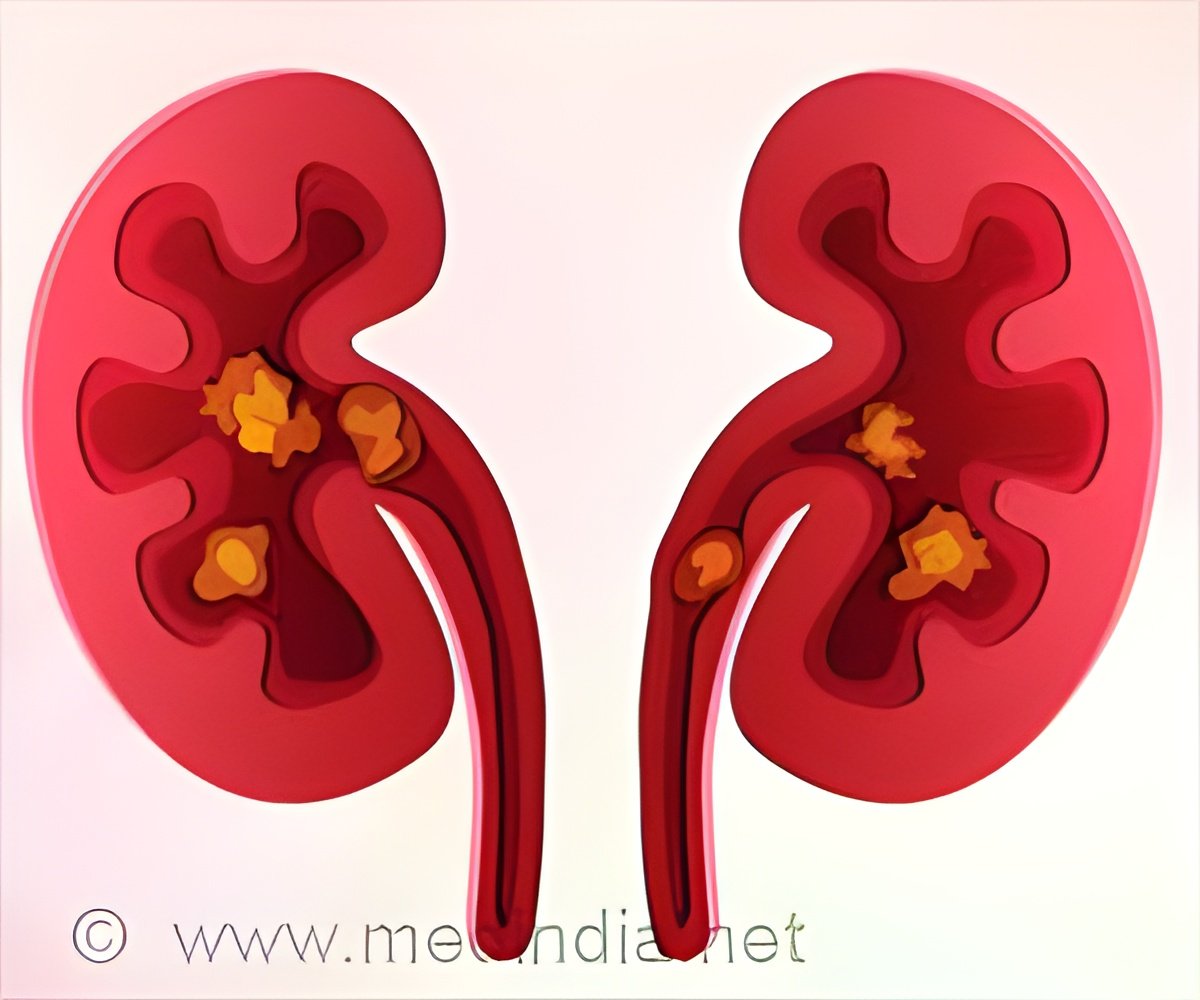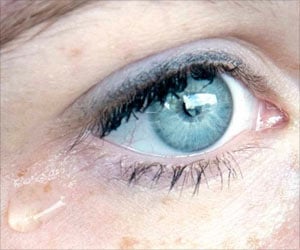Impact of zinc on the inhibition or promotion of kidney stones gives rise to two conflicting theories.

‘Impact of zinc on inhibition or promotion of kidney stones gives rise to two conflicting theories – One: Zinc stops the growth of the calcium oxalate crystals that make up the stones; & two: It alters the surfaces of crystals which encourages further growth. This reveals the unique ability of zinc ions to alter the interaction with crystal surfaces.’





Kidney stone formation is a pathological condition that has increased in frequency among patients, causing an increased amount of suffering and a steep rise in medical costs. Role of Zinc on Kidney Stones
The most naturally abundant form of crystals found in human kidney stone disease is calcium oxalate monohydrates (COM) along with hard deposits of various inorganic salts and organic compounds (e.g., proteins) in concentrated urine. They can produce severe pain when passed through the urinary tract.
The effects of zinc on COM crystal growth were decoded by the study team using a combination of in vitro experiments and computational modeling. This may aid in understanding the kidney stone formation at a molecular level and the impact of various species in urine for crystal growth regulation.
The team confirmed the dual role of zinc on COM by atomic force microscopy measurements that revealed a unique ability of zinc ions to alter the termination of crystal surfaces.
Advertisement
Source-Medindia















